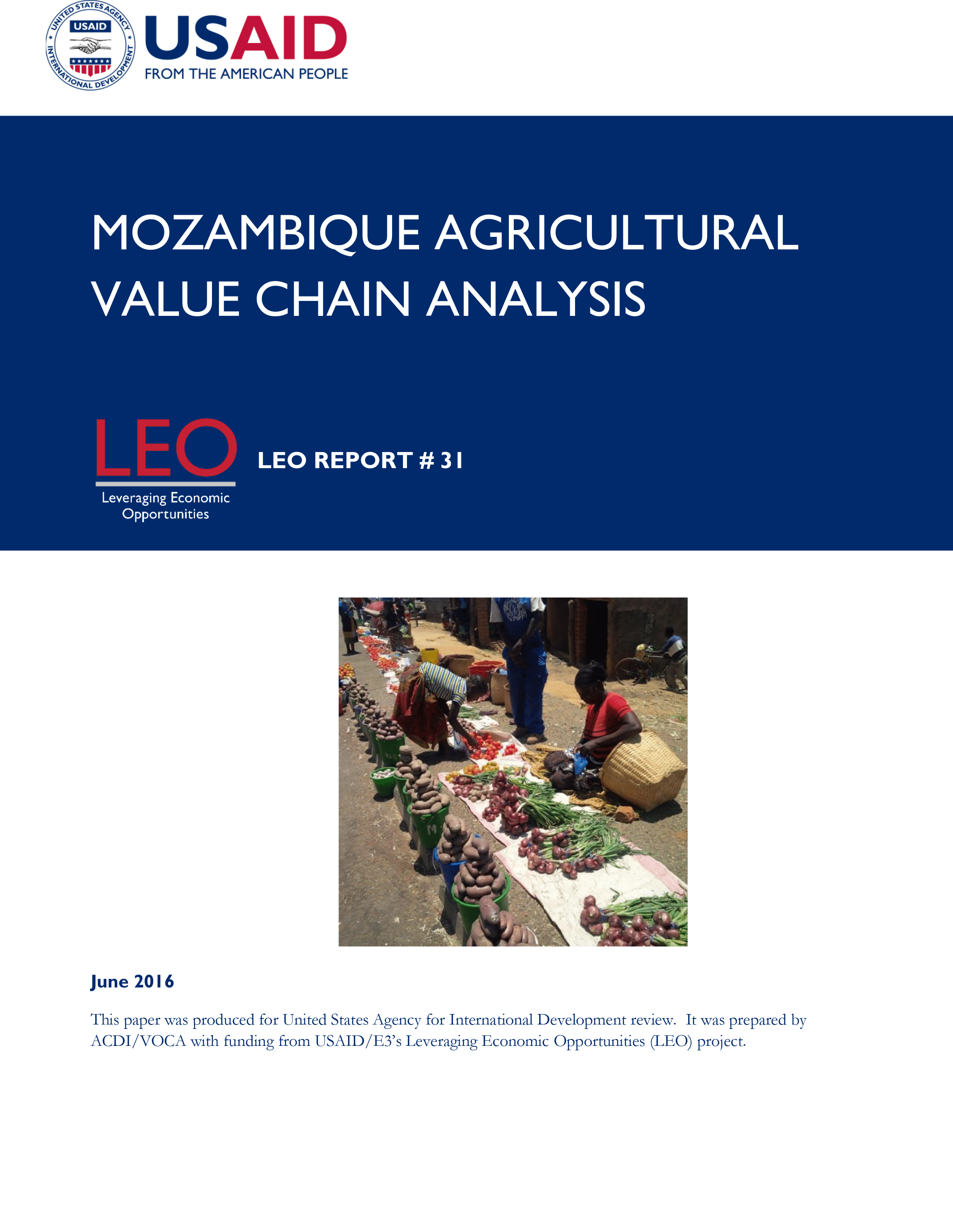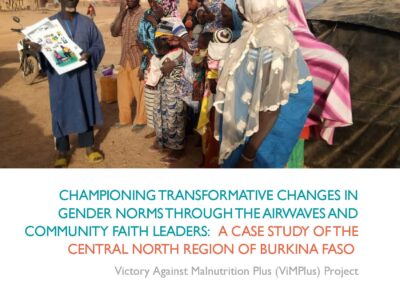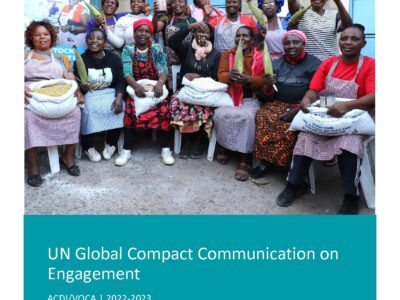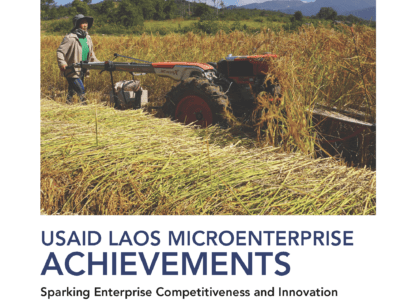
USAID/Mozambique commissioned a value chain analysis (VCA) to prioritize and guide interventions within and across target value chains. The analysis targeted nine value chains, as summarized below:
- Oilseeds: Soybean, sesame, groundnut
- Pulses: Pigeon pea, common bean, cowpea
- Banana
- Cashew
- Vegetables
The analysis validates the selection of each value chain on the basis of its contribution to USAID/Mozambique’s objectives of increasing smallholders’ incomes and offering nutritional benefits to rural households, while also taking into account criteria such as its relevance to USAID target geography, impact on women farmers, market demand, and growth; and opportunity to develop market-driven interventions that build upon recent and current donor and private sector investments. The analysis also provides an overview of the structure and functions of each value chain, identifies priority end markets and constraints to realizing their benefits, and recommends potential value chain upgrading strategies. The results provide a foundation on which more detailed intervention strategies can be developed.
The highest potential value chains, based on the above criteria, were soy, sesame, and pigeon pea. A second tier of value chains—groundnut, common bean, and cowpea—have high-potential benefits but lack the largescale “demand drivers” that mobilize broad-based investment and uptake of productivity-enhancing technologies and practices. The lowest tier of value chains—banana, vegetables, and cashew—present significant agroecological, market, and/or political constraints that limit potential gains, or have investment requirements that preclude broad-based inclusion of smallholder farmers. Major results are summarized for each value chain in turn, below.





